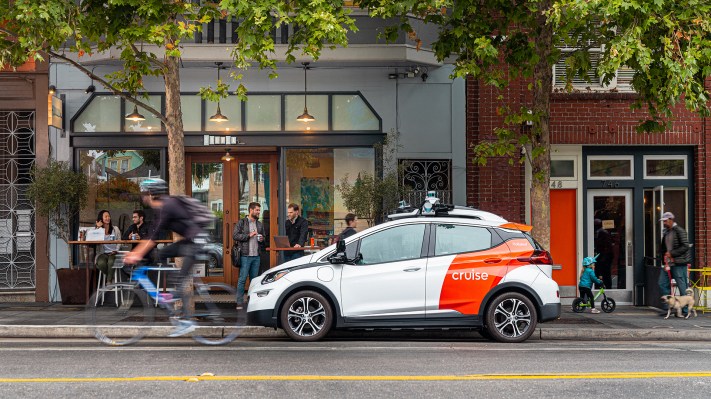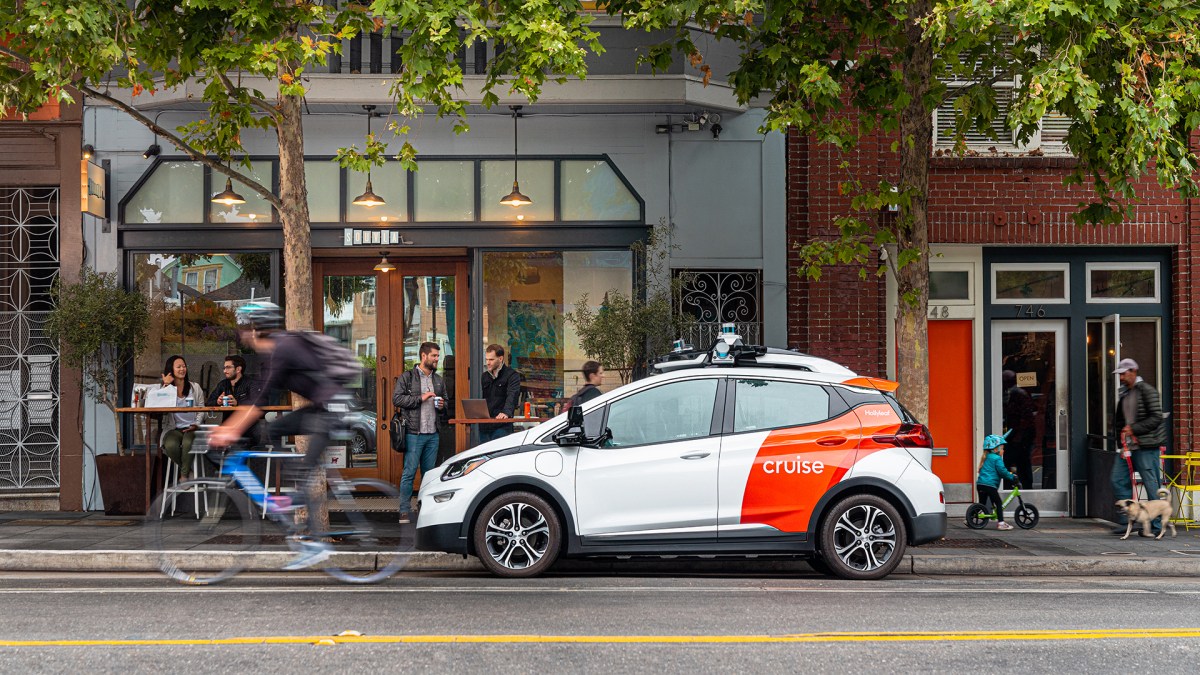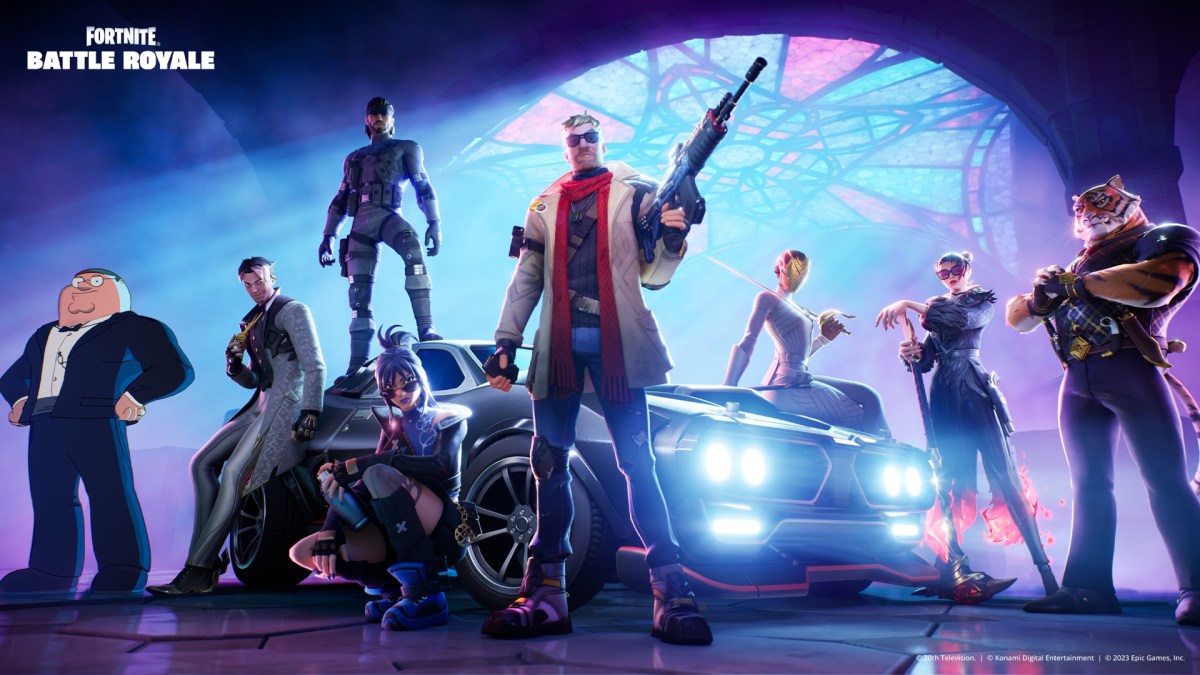Cruise soft-launches robotaxi rides in Phoenix and Austin

Cruise has soft-launched its robotaxi service in Phoenix and Austin, making its own deadline to enter two new markets before the end of 2022. The GM-backed company has until now only operated its ridehail service in San Francisco, where it launched a fully driverless commercial service over the summer.
“In both Phoenix and Austin we completed our first paid rides for members of the public,” tweeted Cruise CEO Kyle Vogt. “Just like in SF, we’ve started with a small service area and will expand gradually. But since we’ve already done this in SF it will happen much faster in these new cities.”
Those members of the public will be “friends and family” of Cruise employees, who are the only ones to have access to the company’s ride-hail service to start. Members of the general public will get a turn, but Cruise didn’t provide a timeline for opening up the service. Cruise opened a waitlist for Austin and Phoenix in late October and should start offering rides once it has enough vehicles to meet demand, a spokesperson told The Verge.
Cruise has not disclosed its starting service areas in either city, nor what times of day it will operate. It’s also not clear if the rides Cruise offers initially will be fully driverless, or if they’ll put a human safety operator behind the wheel to start.
The AV company will have to contend with Waymo in Phoenix, which recently doubled its service area in the downtown area and opened up driverless rides to the airport to members of the public. Waymo has been operating a commercial robotaxi service in the Phoenix area, specifically Chandler, since 2018.
Vogt was eager to celebrate how it took years to launch in San Francisco, but only weeks to expand into new territory.
“In Austin, we went from zero infrastructure (no maps, charging facilities, test vehicles, etc.) to fully functional driverless ride hail service in about 90 days,” he tweeted. “We invest heavily in tools for engineering efficiency at Cruise, so it took just a few weeks to collect data to retrain our [machine learning] models and see performance meet our targets. This process is becoming increasingly automated, in some cases requiring no engineer intervention.”
Excitement for technological advancements aside, no autonomous system is yet perfect, and Cruise has been struggling with roadblocks — literally.
Videos and images have surfaced on social media showing Cruise robotaxis blocking traffic, stuck at intersections and having strange interactions with law enforcement. Last week, the National Highway Traffic and Safety Administration opened an investigation into the company after learning of incidents when Cruise’s robotaxis “may have engaged in inappropriately hard braking or became immobilized while operating on public roads.”




